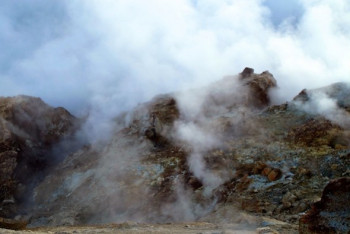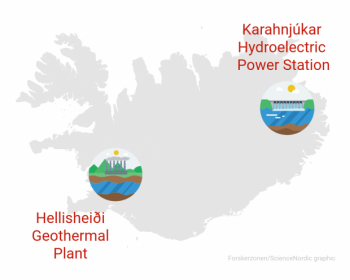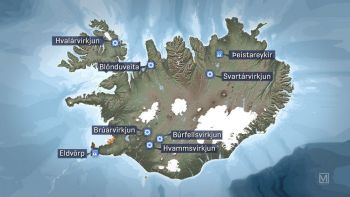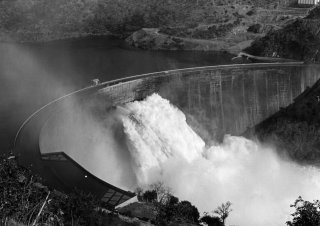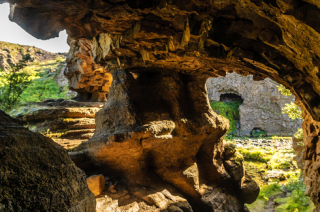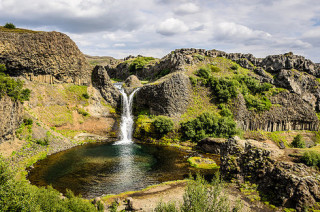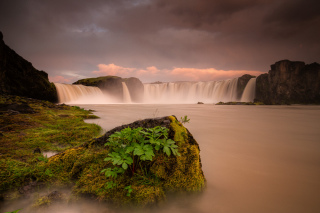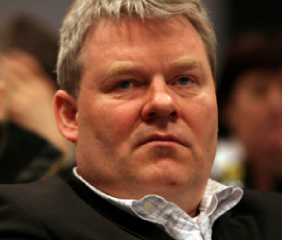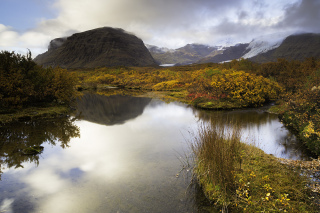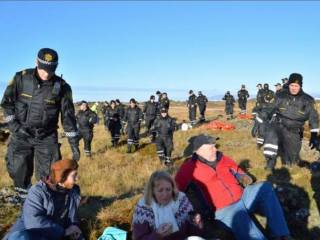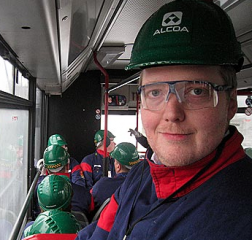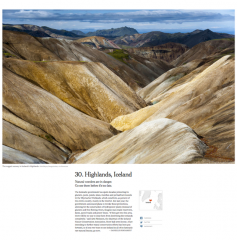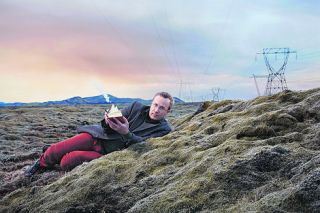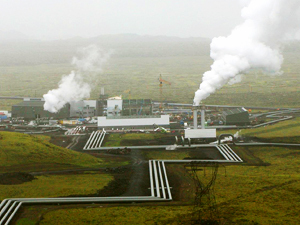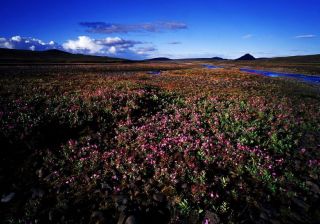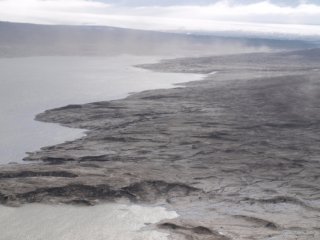Nov 24 2018
3 Comments
The Hidden Price of Iceland’s Green Energy
Henner Busch
In times of runaway climate change, phasing out fossil fuels and increasing the share of renewables is imperative. But this transition is not without pitfalls as shown by a recent study of two large renewable projects in Iceland.
The recent IPCC report has made it clear that we need to change our energy supply from fossils to renewable energy if we want to avoid catastrophic climate change. This transition has to happen now and it has to happen fast.
The good news is: renewable energy is a wonderful thing. As countless studies have shown, it can be cheap, low-carbon, good for regional development, and bring about great benefits for local people.
But, our new research cautions that these benefits are not inherent to renewable energy development and that each project needs to be carefully assessed on its merits.
Through a case study in Iceland, we show how the “green” image of renewable energy sometimes makes the public overlook the negative impacts of these technologies.
As a result, some of Iceland’s renewable energy resources have been misused to generate private profits for companies outside of the country. While, the benefits for the local population are, at best, questionable and large areas of unique nature have been lost forever.
A developmental model based on heavy industry
In the study, which was recently published in the journal Environment and Planning E: Nature and Space, we investigated the impacts of two large-scale power projects built recently in Iceland: the Kárahnjúkar hydropower project in east Iceland, and the Hellisheiði geothermal plant in the southwest. They are the biggest power plants of their kind in the country.
For our investigation, we analysed scientific literature, and we looked at homepages, reports and statistics. Finally, we interviewed 18 actors from the Icelandic energy sector (5), politicians (5), and experts from NGOs (3) and academia (5).
We found that the two projects were the outcome of an aggressive industrialisation strategy driven by successive Icelandic governments over a number of decades, which have essentially used the country’s renewable energy sources to prop up other environmentally damaging industries.
This strategy entailed minimum environmental regulations, guaranteed low-energy prices, and an industry-friendly tax regime, designed to attract heavy industry, in particular power-intense aluminium smelters to Iceland.
As an incentive, the Icelandic government, together with the country’s publicly owned power company Landsvirkjun, promised to provide the required energy from renewable sources, namely hydro and geothermal, to companies that agreed to set up factories in the country.
This “clean” energy option was offered at very competitive rates and with a guarantee of supply for several years.
In the study, we investigated the impacts of two large-scale power projects in Iceland: the Kárahnjúkar hydropower project in east Iceland, and the Hellisheiði geothermal plant in the southwest. They are the biggest power plants of their kind in the country. (Image: Forskerzonen / ScienceNordic. With graphics from Vecteezy.com)
Let’s look at each project in turn to see what went wrong and what lessons can be learnt.
1: A mammoth hydropower project in a small country
In the early 2000s, large amounts of public money went into the energy sector to live up to the promises made to private sector investors.
One of the following projects is the Kárahnjúkar hydropower project. It consists of several reservoirs, tunnels, and the Fljótsdalur power station. It generates approximately 5,000 GWh per year, accounting for more than one fourth of all electricity produced in Iceland in 2016. All of this energy is used to power a big aluminium smelter built by the global company, Alcoa, on the east coast of the country.
The project serves as an illustrative case for two phenomena: First, it shows how the green label of renewable energy can be misused to justify a costly and arguably quite destructive industrialisation. Second, it shows what can go wrong if a small country makes deals with a big transnational company whose decisions are predominantly driven by the hunt for economic profits.
Destruction in the name of progress
The power plant and the power-intense aluminium smelter must be seen as interlinked projects, because Alcoa’s commitment to build the smelter was the precondition for the power project going ahead, and vice-versa.
The Icelandic government at that time hoped that the development would boost the regional economy in the East of the country. To support this goal, the minister of the environment overrode the environmental impact assessment that vetoed the hydro energy project because of its destructive impact on the local environment.
With the Kárahnjúkar project, unique geological formations and landscapes in and along the Hafrahvammagljúfur canyon were irredeemably lost and downstream ecosystems suffered negative impacts that are yet to be fully understood. For example, the local fish population in Lake Lagarfljót collapsed and Iceland’s wild reindeer population lost part of its grazing and breeding grounds.
Who benefited from the projects?
The contract between Landsvirkjun and Alcoa turned out to be unfavourable for the state-run energy company. The energy prices paid by Alcoa are extremely low and tied to the volatile global market prices for aluminium. This makes revenue for Landsvirkjun very low and unpredictable.
In addition, Alcoa practiced a model of transfer pricing in Iceland to avoid paying the dues taxes in Iceland. This means that the local operation owes a great deal of money to its parent company based in Luxembourg. And so far, the local smelter has not generated any taxable profits, as all revenues are used to pay off the immense debt.
As a result, Iceland has not yet benefited from tax revenue from the smelter. This is particularly scandalous, as Alcoa has described the smelter in its 2012 annual report as a “profit leader” due to the low local energy prices. Read More
